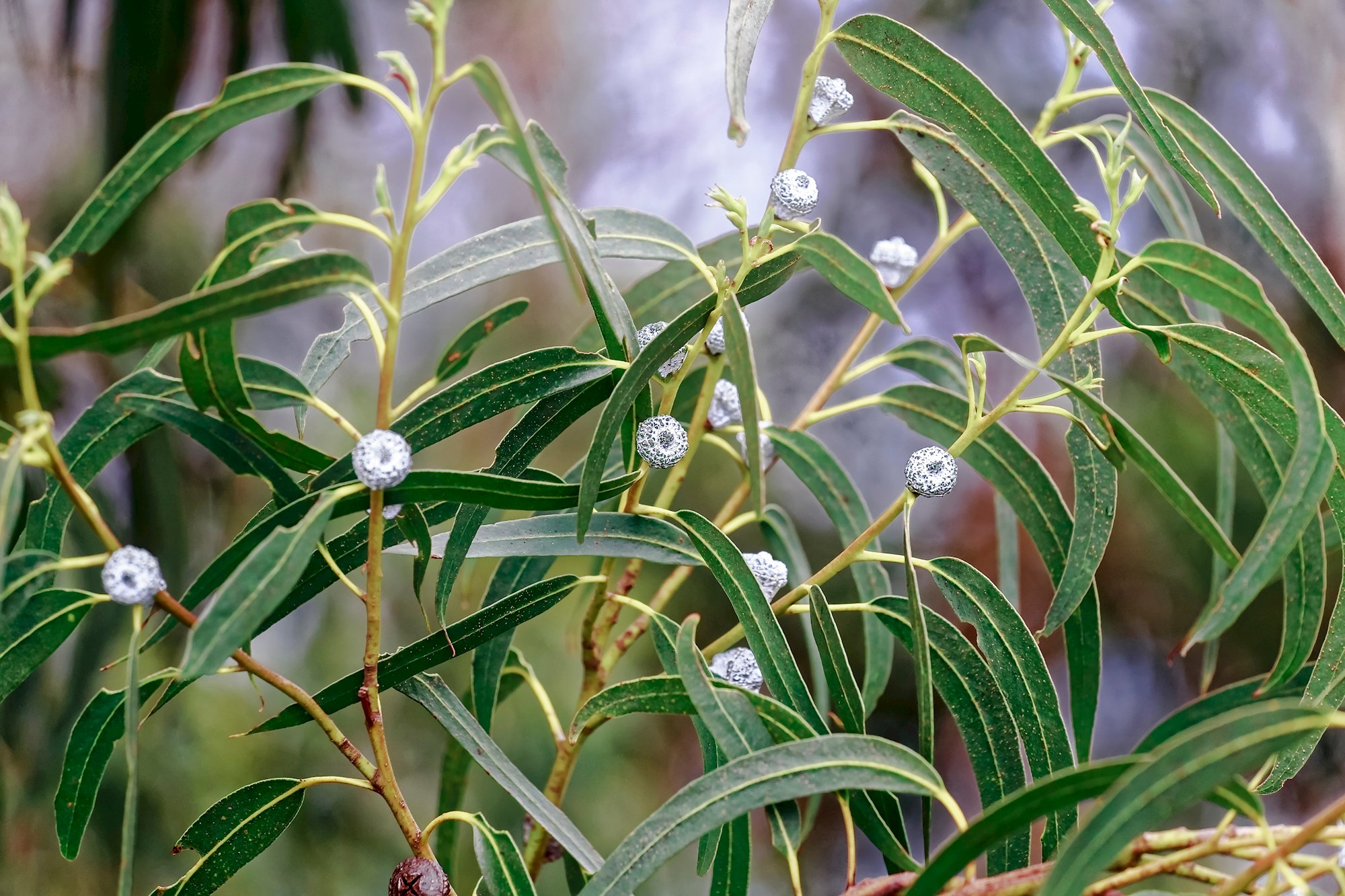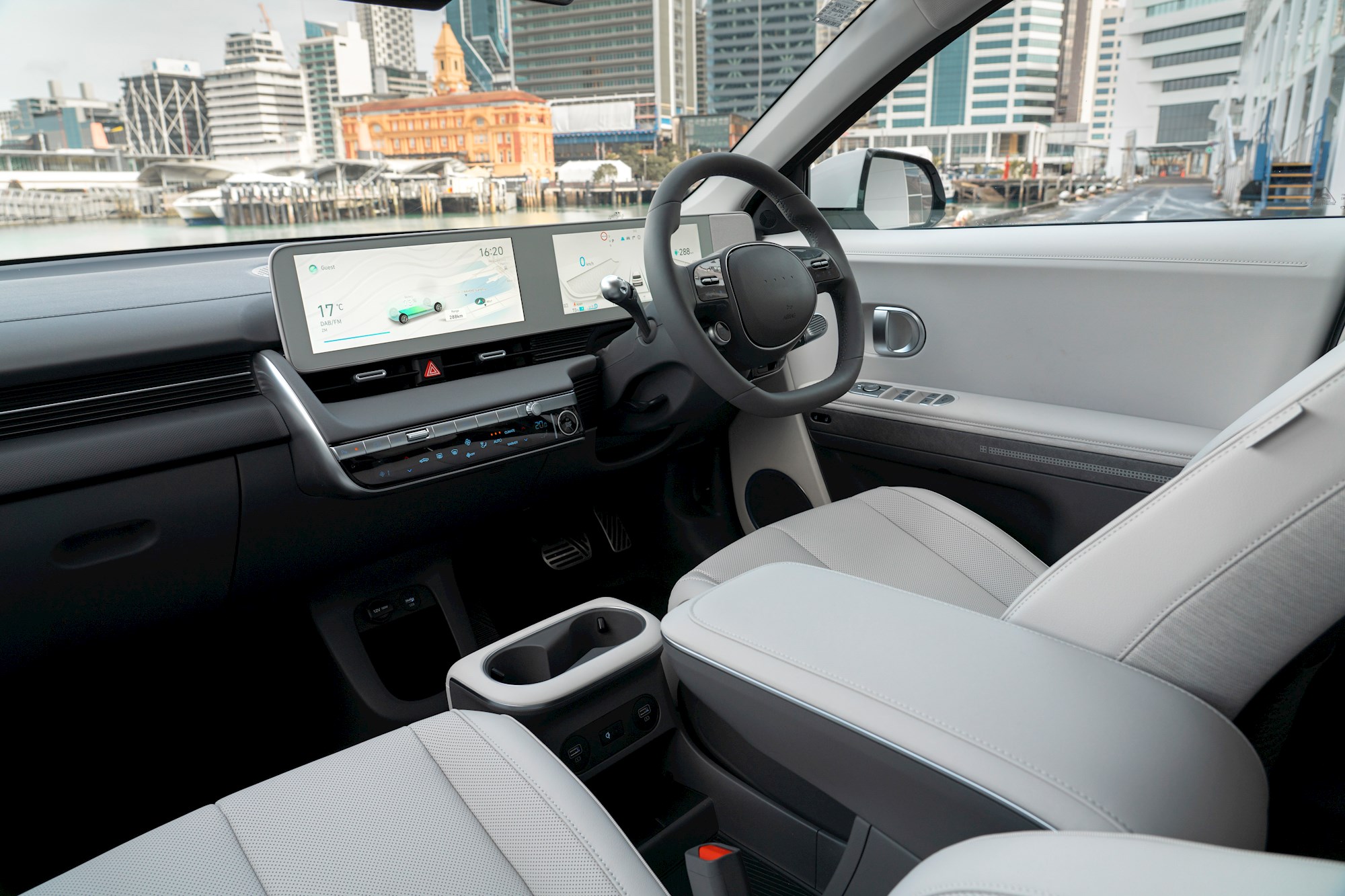Most vehicle manufacturers are well aware that “going green” is no longer a matter of choice. Sustainability has become a top priority, alongside reducing CO2 and using eco-friendly materials.
Many of the plastic materials used in vehicles are traditionally single-use. However, we’re now seeing more manufacturers stepping up with genius designs and methods of reducing waste and carbon footprint.
To call a produced material eco-friendly, either the raw material has to be sustainable or there has to be at least one process modified to be environmentally friendly. This is not an easy task, especially when you need to manufacture strong and durable products.

Lyocell
We may see lyocell-processed products (used in some clothing) in vehicle interiors. In fact, we’ve already seen it used on a concept car by Swiss maker Rinspeed in 2019.
Lyocell is a manufacturing process of rayon which is much more eco-friendly than its relatives modal and viscose. Lyocell is made in a closed-loop system that recycles almost all of the chemicals used. “Lyocell” is the generic name of the manufacturing process and fibre.
Read More
- Great vans for tradies
- Common EV myths
- Choosing an economical petrol car
- Eco-friendly SUVs for summer
Tencel is the brand name of the lyocell commercialised by the company Lenzing AG. Tencel is made using eucalyptus from PEFC certified forests. Eucalyptus trees grow quickly without the use of pesticides, fertilisers or irrigation. Just like rayon and viscose, Lyocell is 100 per cent biodegradable.
Bioplastic
This material is environmentally friendly because it balances carbon dioxide emissions with carbon removal beyond natural processes, often through carbon offsetting (“carbon neutral” or “carbon zero”).
Bioplastic should contain a certain amount of bio-based polymers. Bio-based polymers are defined as materials for which at least a portion consists of material produced from renewable raw materials. It is not possible for automakers to use 100 per cent biodegradable bioplastic because cars should not be degraded by light or microorganisms; but Hyundai, for example, tries to maintain 10 to 25 per cent of natural polymer in the bioplastic it uses.
BMW
The BMW Group has used renewable raw materials in its vehicles for a number of years. For example, in its door trim panels, a natural-fibre mat is paired with a plastic matrix to provide the necessary stability.
The BMW Group already uses up to 100 per cent recycled plastic in its thermoplastic components and is working with pioneering plastic manufacturers to further develop recycled plastics and bioplastics with a significantly lower carbon footprint. In addition to recycled plastics, the company also employs bio-based plastics and plastics reinforced with natural fibres such as cellulose, hemp, wood or bamboo to reduce the percentage of oil-based primary plastics. The aim is to use thermoplastics with an average of 40 per cent recycled material by 2030.
BMW has also recently become the first automotive manufacturer worldwide to equip its cars with tyres using certified sustainable natural rubber and rayon - a wood-based material used to strengthen the tyres. These are made by Pirelli and will feature on the new BMW X5 Plug-In Hybrid Electric Vehicle (PHEV).
Mazda
The cabin of the new MX-30 from Mazda has a driver-centric cockpit featuring heritage cork – a natural, sustainable raw material which is used in the centre console tray and door grips. The cork is harvested from the bark of the cork oak tree, which means it can regenerate naturally while sequestering CO2 as it grows. It is also a nod to Mazda’s heritage, as cork was the first product Mazda manufactured over 100 years ago.
The premium vegan leatherette does not use organic solvents in the production process and is finished with a silicon coating that gives a feeling of depth and texture. Approximately 20 per cent of the fabrics used in the interior are recycled; the breathing fabric used on the upper section of the door trim uses fabric made from recycled plastic bottles.
Hyundai
Hyundai has a history of using sustainable materials like bioplastic in its vehicles, with the 2016 Hyundai Ioniq featuring a high amount of natural materials (not available in all markets). Twenty-five per cent of plastic used for the interior of the Ioniq Electric came from wood cellulose (fibre), and the paint used for the window buttons contain 20 per cent palm seed extract. The seat fabric is also more eco-friendly by using Tencel.

Today, many of the new Ioniq 5 interior touchpoints — seats, headliner, door trim, floor and armrest — use eco-friendly, sustainably sourced materials, such as recycled PET bottles, plant-based (bio
PET) yarns and natural wool yarns, eco-processed leather with plant-based extracts, as well as bio paint with plant extracts.






